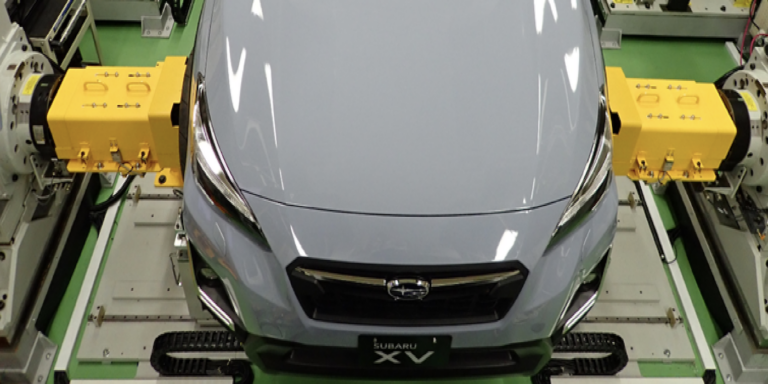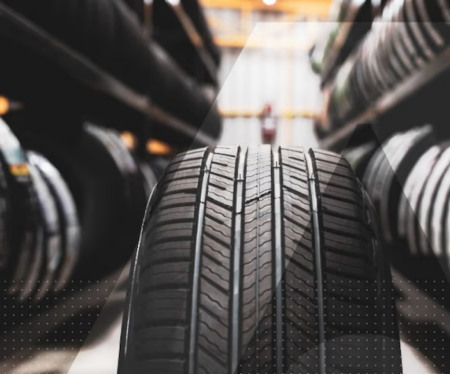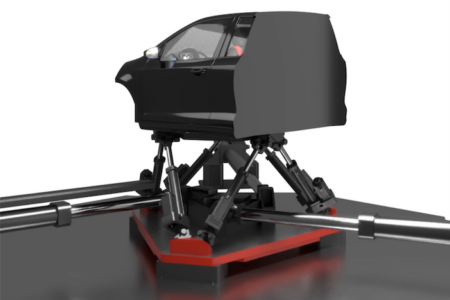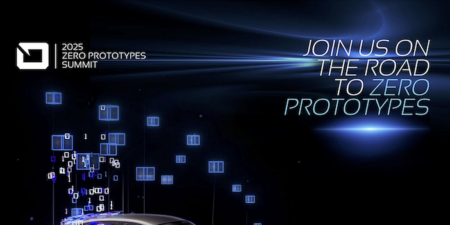Subaru has been road testing prototypes its forthcoming range of electric vehicles (EVs) on test courses and public roads as a standard part of its development programs, including vehicle dynamics assessment, but environmental factors such as weather and fluctuating road surface conditions can make the time and costs of such tests unpredictable. To solve this issue, the car manufacturer has begun using hardware-in-the-loop (HIL) technology to simulate road conditions for its vehicle testing.
The simulation system, which is based on NI’s PXI hardware and LabVIEW software, enables Subaru engineers to implement a customized HIL system in around 14 days, complete with custom software, which can be used to test embedded controllers in a virtual environment. With the performance of the controllers verified, real-world diagnostics on the complete system can be performed, requiring less time in the unpredictable great outdoors – and reducing EV development times by a claimed 90%.
The reduced requirement for test facility time saves cost, and according to Daisuke Umiguchi from Subaru’s Electrified Power Unit Research and Experiment Department, the system itself represents a cost saving. “This helped us keep product purchasing costs to around one-third of the cost of adopting solutions from other companies, and, because of our familiarity with LabVIEW, keep our software development costs to around one-sixth of the cost of commissioning an outside developer,” he stated.
Dynamics dynamometer
Subaru also fitted the test systems in its labs with a controller-driven dynamometer supplied by Horiba, which runs CarSim vehicle dynamics simulation software, deployed by Virtual Mechanics. The systems work together to simulate load conditions equivalent to those generated during real road driving throughout a test, with the calculated values transmitted to the HIL system in real time to achieve closed-loop control.
The systems have not just been developed for prototype EV development, as Subaru also intends to use the test system at the final stages of development as a quality check, and to expand its use further across its models range. This approach could achieve a further cost saving, according to Subaru, as the company anticipates it will enable labor hours to be reduced by half compared to conventional methods.





